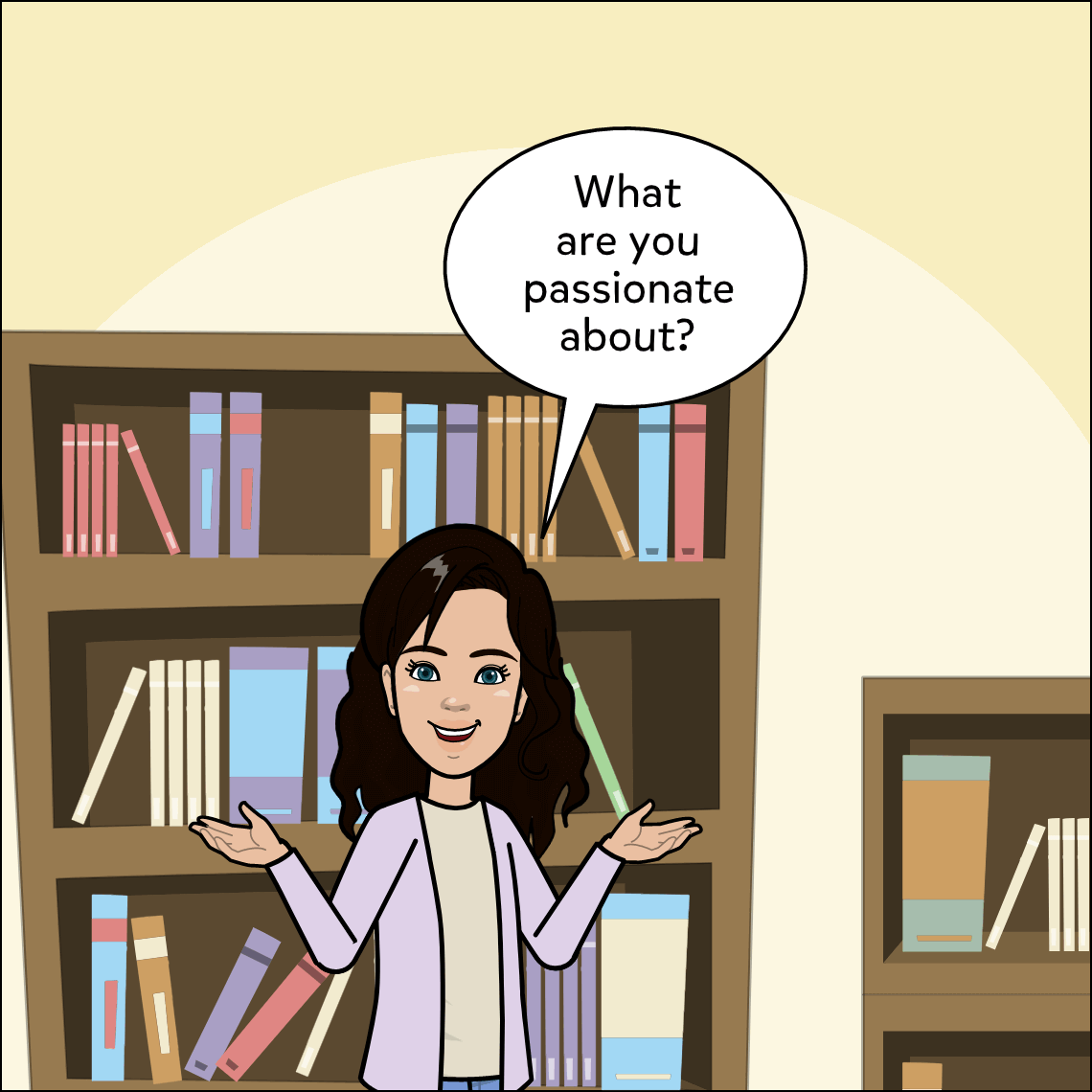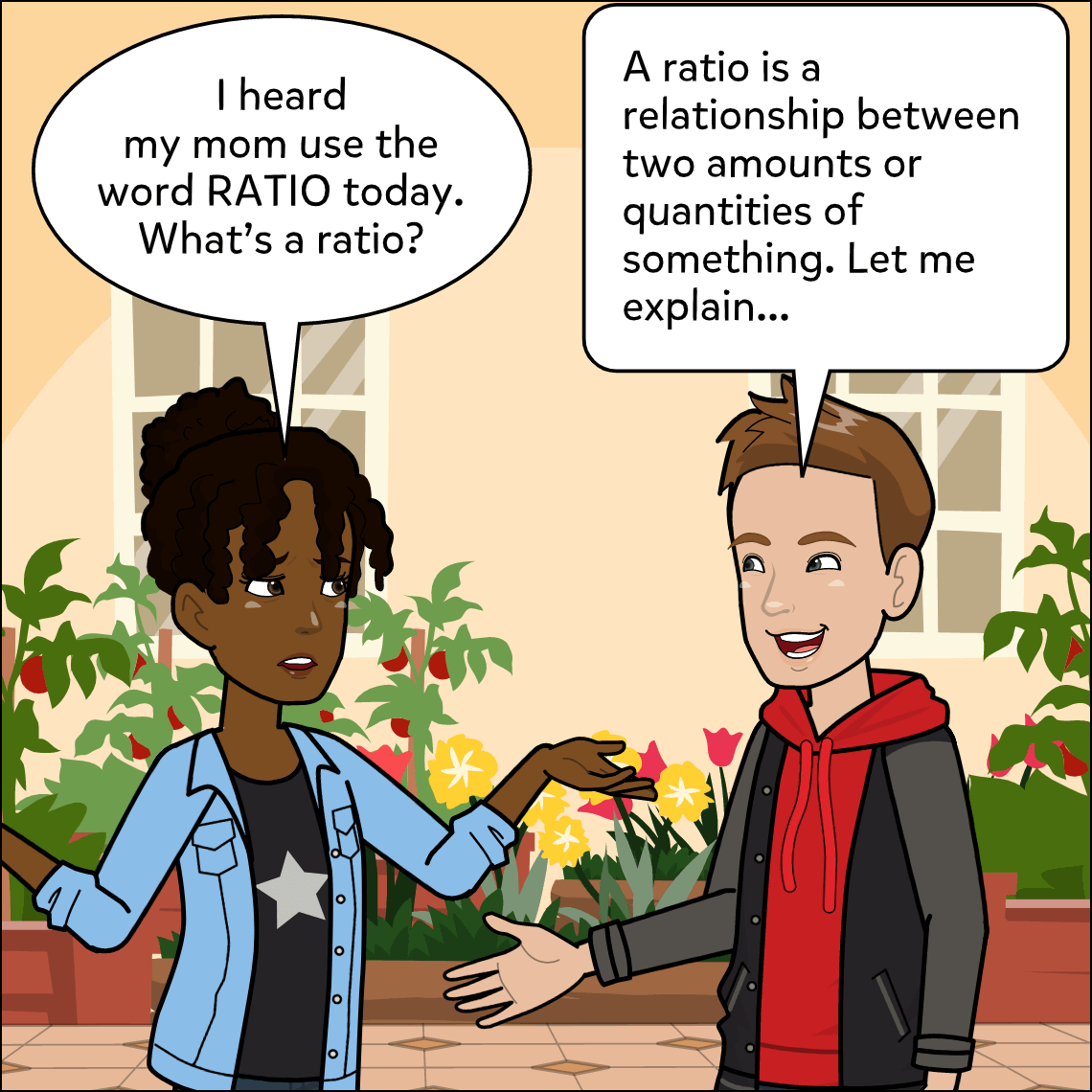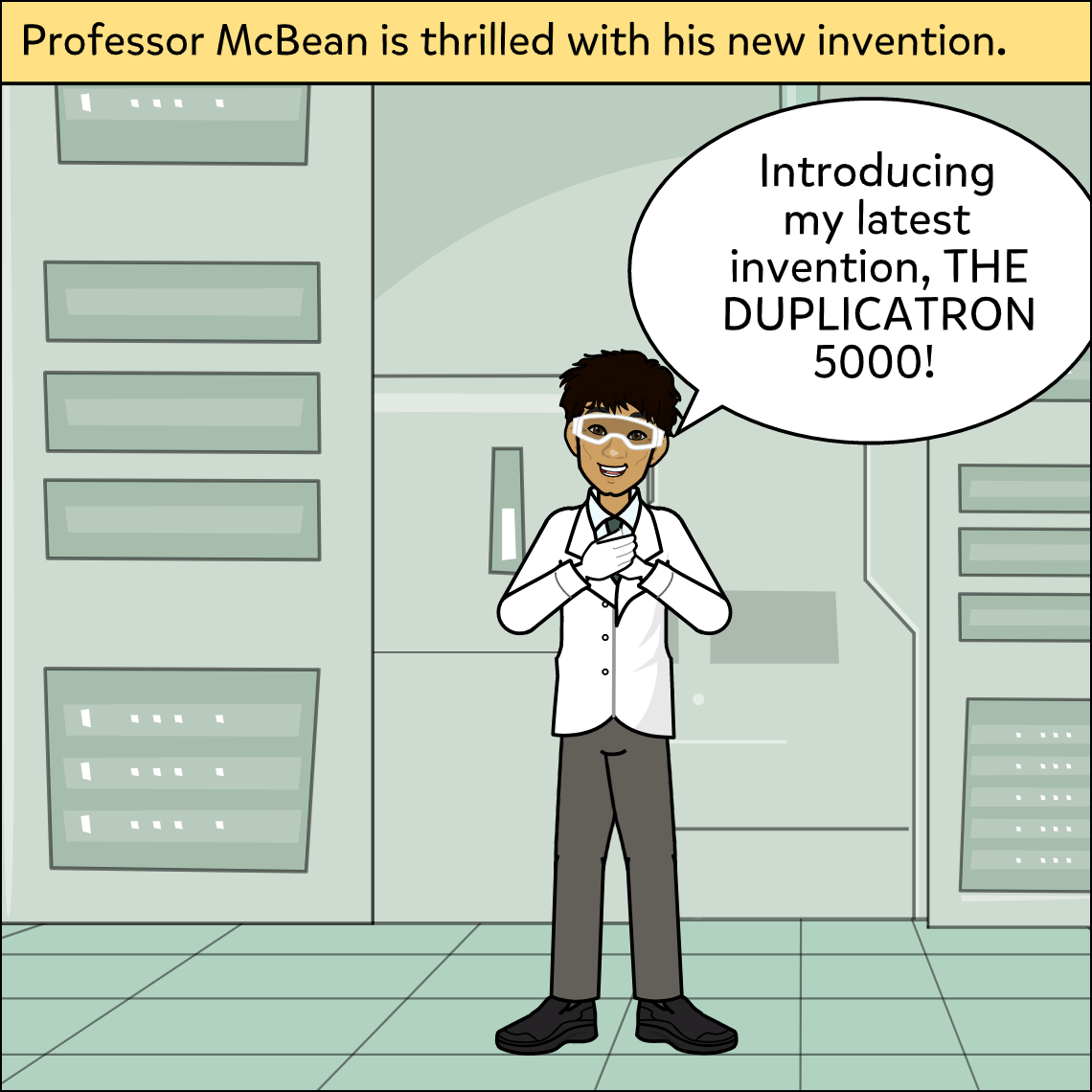Subject: Civics; Social Studies
Lesson Length: 45 mins - 1 hour
Topic: Public Policy Consequences
Brief Description: Students will learn how to evaluate a public policy in terms of unintended outcomes and consequences.
Know Before You Start: Students should be familiar with issues impacting their community.
Hook:
- Have students imagine they are a member of a town council tasked with making decisions about the town's budget allocation. One of the proposals on the table is to increase funding for after-school programs for local youth. The intended outcome is to provide a safe and enriching environment for children.
- Ask students:
- "What could be some unintended consequences of this policy.?"
- "What could happen as a result of this increase in funding, both positive and negative?”
- "How might this decision impact the broader community?”
Activity:
- Have students brainstorm examples of public policies in their community and then create a visual representation of the consequences of a hypothetical public policy using a concept map considering both intended and unintended outcomes.
- Policy Examples: plastic bag ban, soda tax, minimum wage increase, public transportation expansion, affordable housing, curfew laws, beautification projects
- In small groups, have students explore a recently proposed or accepted policy in their community by accessing their local news outlets and finding a news article or report. The policy can cover a wide range of topics, such as education, public health, transportation, housing, or the environment.
- Have students take notes and highlight the intended and unintended consequences of the policy in a T-Chart, then present their T-Charts to the class, explaining the connections they made between the policy and its consequences.
- Using the sample comic as a guide, have students create a comic to evaluate a public policy in terms of unintended outcomes and consequences.
Closure:
- Have students share their comics with the class or in small groups.
- Emphasize the importance of evaluating public policies in terms of intended and unintended outcomes and consequences.
- Encourage students to think critically about policies they encounter in the future and how they can contribute to informed discussions and decision-making.
Differentiation:
- Allow students to use the speech-to-text feature.
- Allow students to work in pairs or groups as needed.
- Allow students to use the voiceover feature to read their comics aloud.
Resources:
- Comic to print or display: Comic.
- Concept Map
- T-Chart
- GALE (Open Access through Local Library)
Suggested Content:
 Suburban
Suburban
 U.S. Justice System
U.S. Justice System
 Urban
Urban
 Rural
Rural


